The architectural monuments of Vietnam include Confucian temples, Cham towers, and imperial citadels. The structures display Hindu and Eastern influences in their design. The sites extend from Hanoi through Hue to Ho Chi Minh City and represent different historical periods.

Hanoi, Vietnam
Built in 1070 as Vietnam's first university, this complex contains five courtyards with gates, gardens and ceremonial spaces.
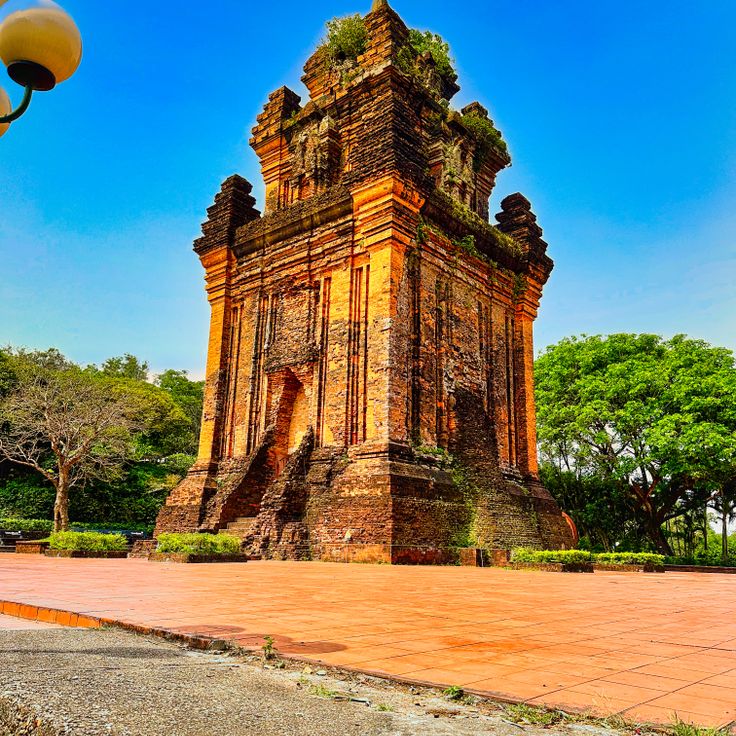
Binh Dinh, Vietnam
The 11th-century tower displays typical features of Cham architecture with brick ornaments and geometric patterns.

Hue, Vietnam
A 19th-century royal pavilion on the bank of the Perfume River featuring traditional Vietnamese architecture.
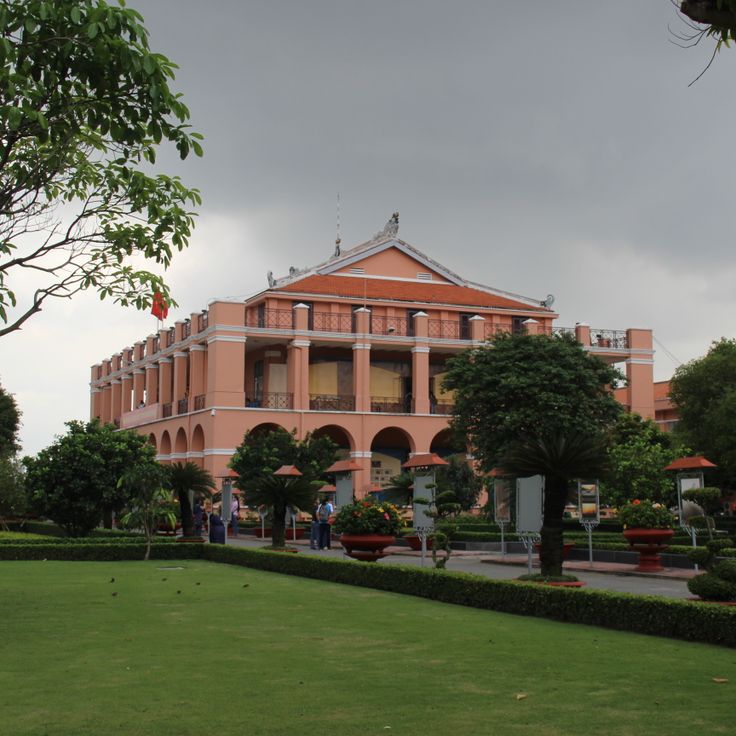
Ho Chi Minh City, Vietnam
The historical port served as departure point for Ho Chi Minh's journey to Europe in 1911 and was later converted into a museum.
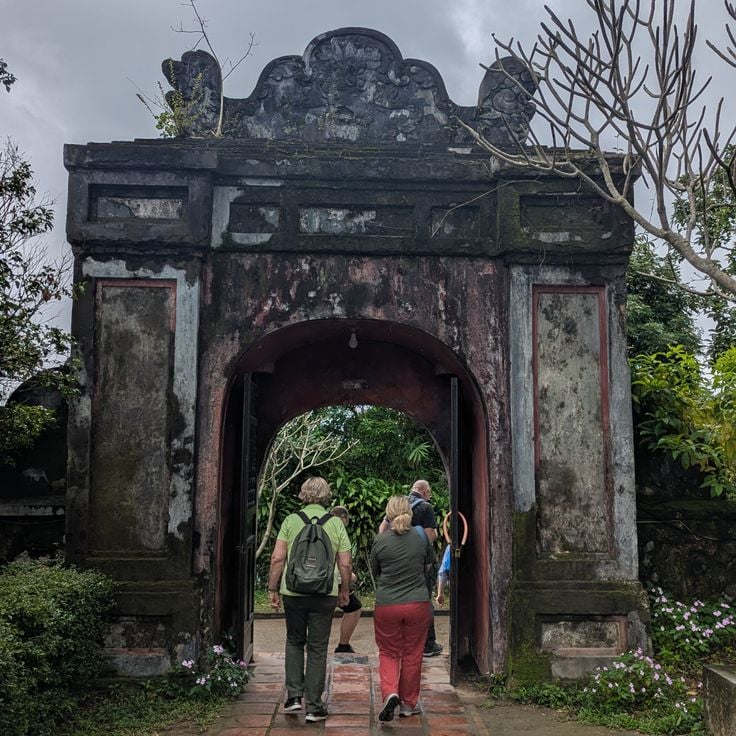
Hue, Vietnam
The seven-story tower was built in 1601 and stands on the northern bank of the Perfume River. It reaches a height of 21 meters.

Can Tho, Vietnam
Completed in 2010, the bridge spans the Hau River with a length of 2.75 kilometers and connects Can Tho and Vinh Long provinces.
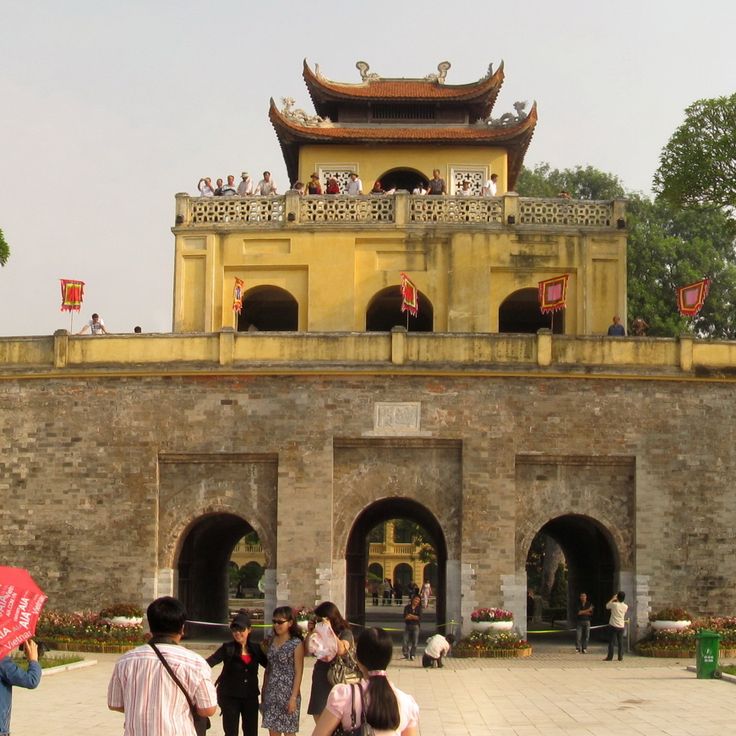
Hanoi, Vietnam
The complex contains archaeological sites from the 11th century and was declared a UNESCO World Heritage site in 2010.
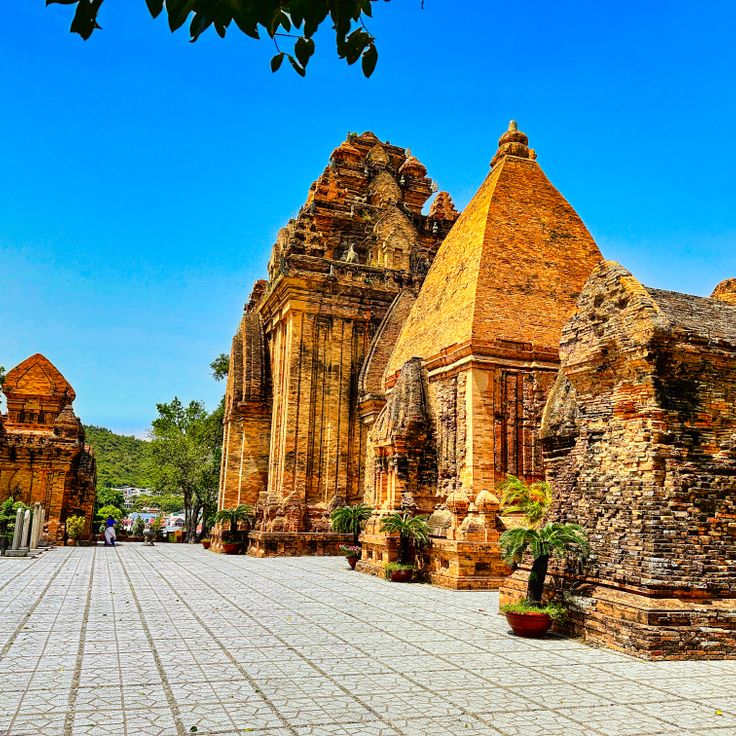
Nha Trang, Vietnam
The temple complex from the 7th century contains eight towers with stone sculptures and displays the religious practices of Cham culture.

Huế, Vietnam
The mausoleum completed in 1925 features a mix of Vietnamese and European architecture with glass mosaics and porcelain decorations.
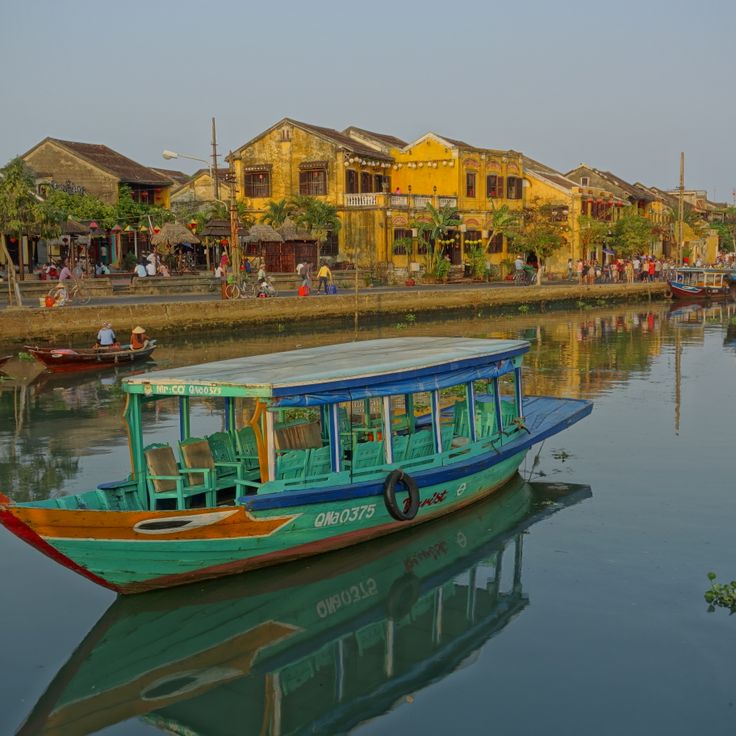
Quang Nam, Vietnam
This 15th-century port town displays a mixture of Chinese, Japanese and European architecture with traditional wooden houses.
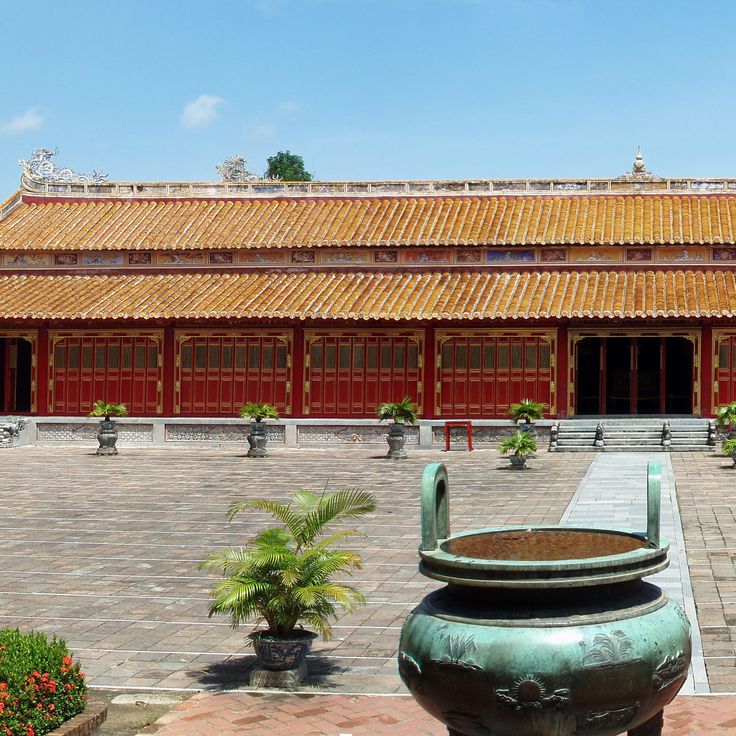
Thua Thien-Hue, Vietnam
The complex contains a palace, temples and tombs of the 19th century Nguyen Dynasty with a citadel spanning 520 hectares.
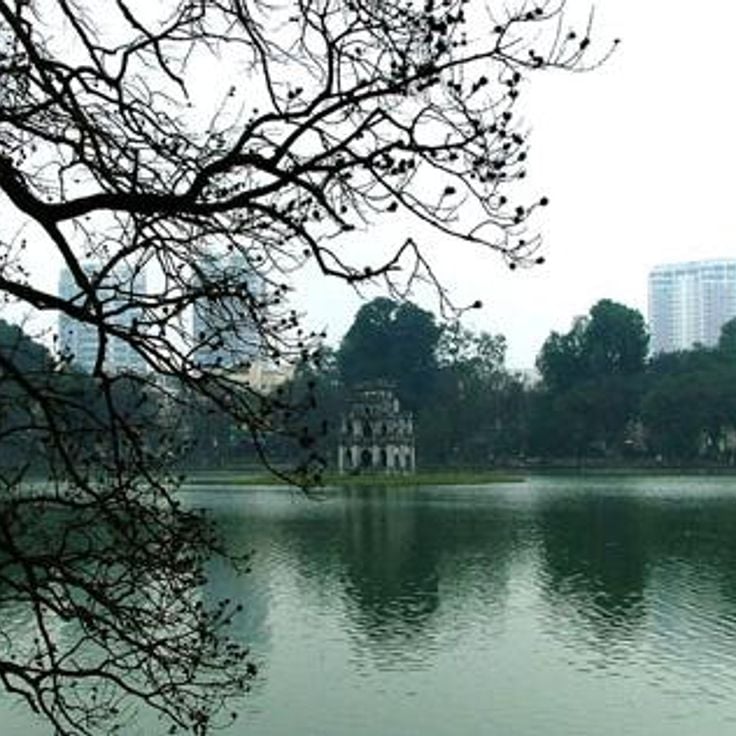
Hanoi, Vietnam
The lake spans 12 hectares in the city center. A red bridge connects to the island with the 18th century tower.
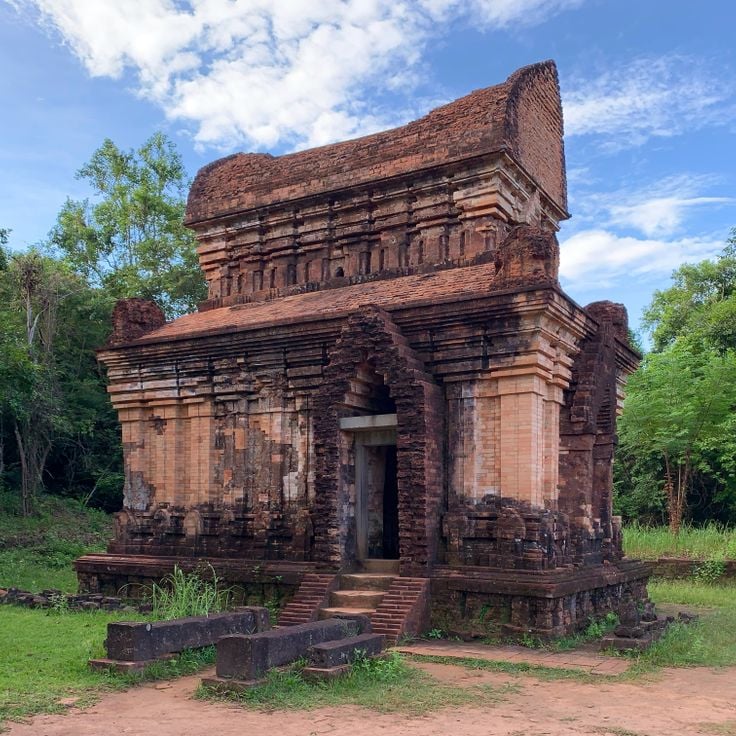
Quảng Nam, Vietnam
The red brick temple complex was built between the 4th and 14th centuries. The buildings display Indian and Southeast Asian architectural elements.